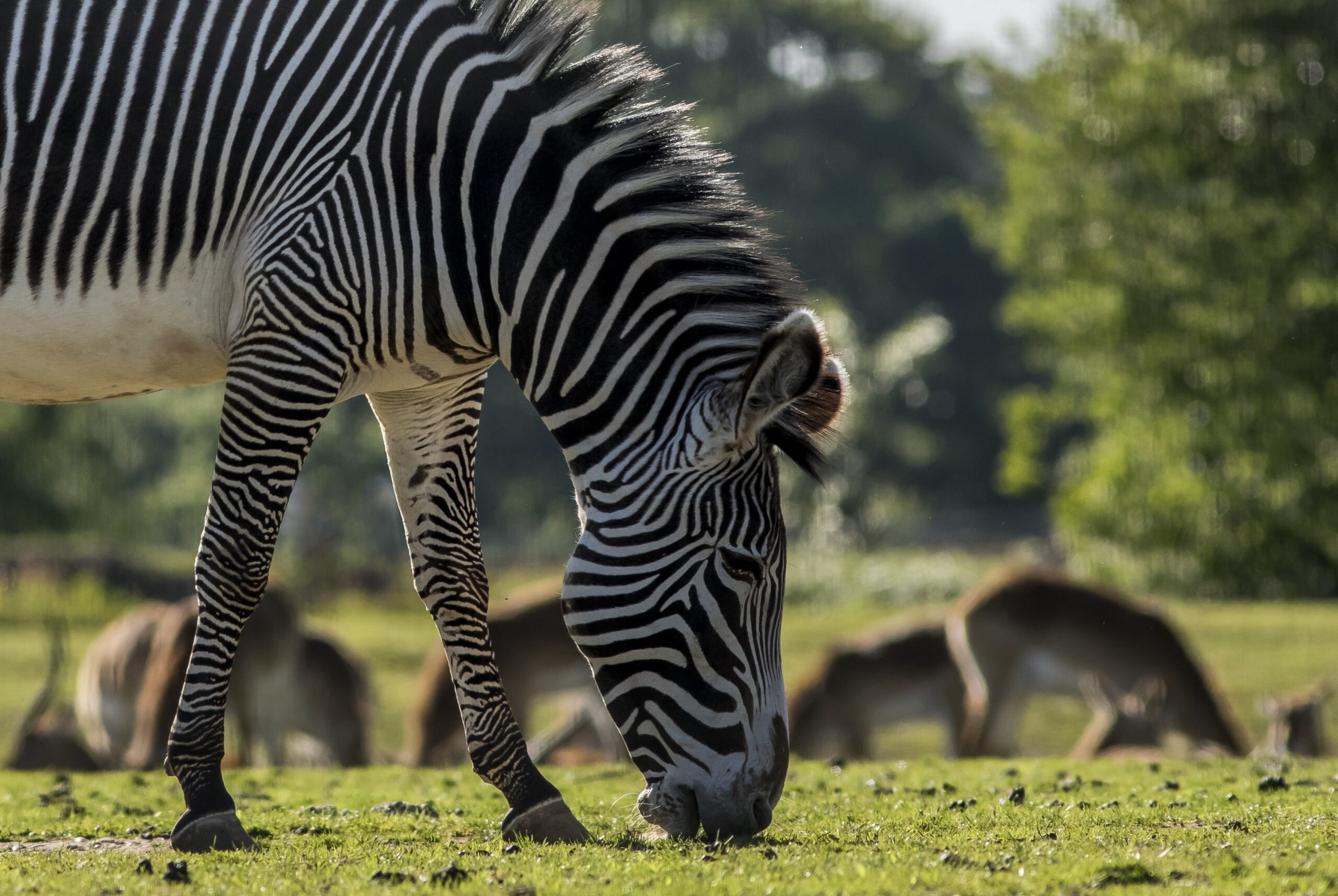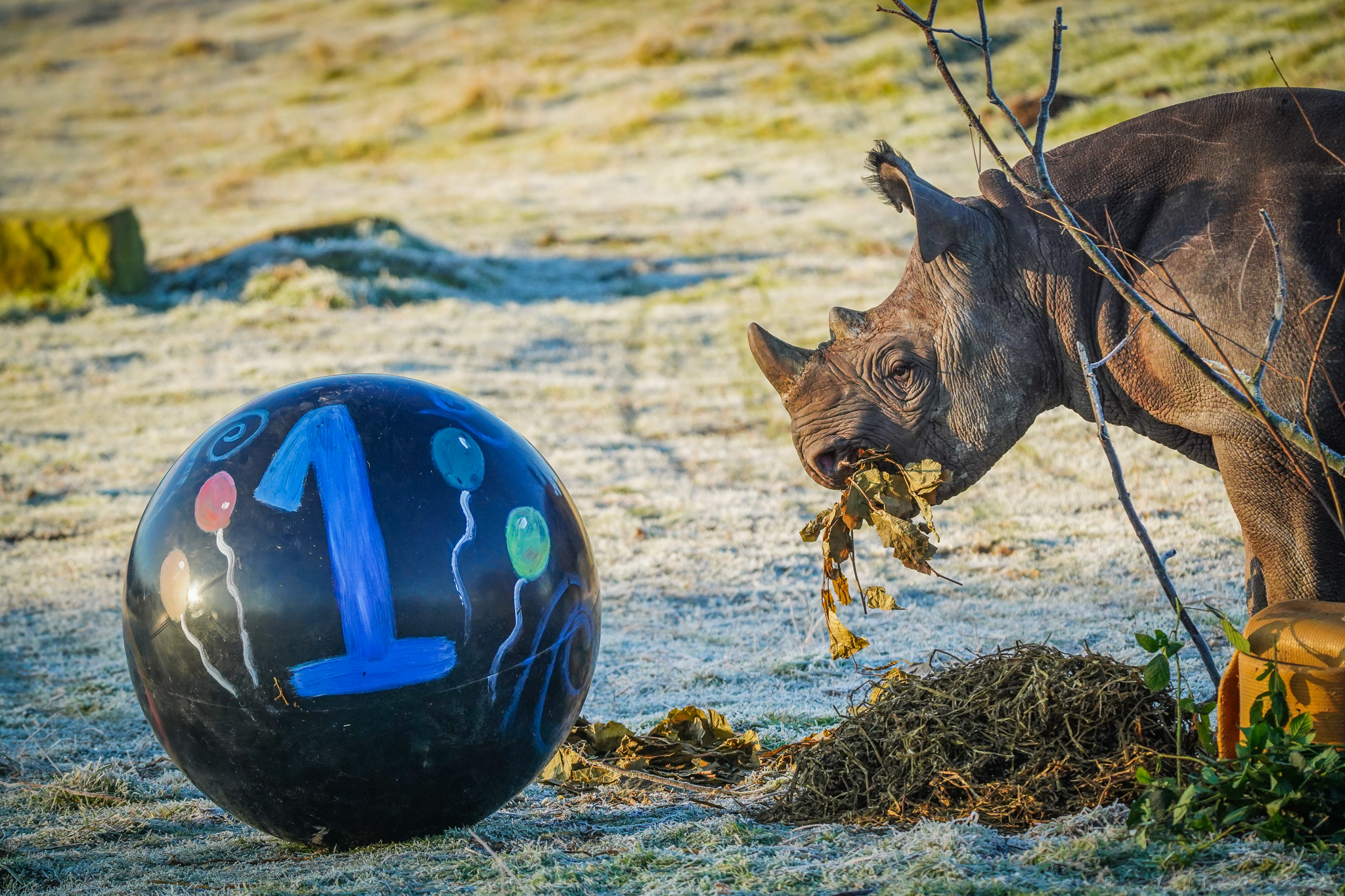Wednesday 27th February 2019 is International Polar Bear Day in association with our partner charity Polar Bears International (PBI). To celebrate this marvellous mammal, we’re talking about our 10 favourite polar bear facts.
International Polar Bear Day is all about drawing global attention to the challenges polar bears face in a warming Arctic and how each of us can help.
We have been working in association with Polar Bears International to develop and drive our flagship project at Yorkshire Wildlife Park – ‘Project Polar‘! The key aims are to conserve the bears, educate the public and to protect the overall well-being of these beautiful giants of the north.
Yorkshire Wildlife Park’s ‘Project Polar‘ not only develops an original and dynamic conservation programme for the polar bears housed within the park, but also functions as a research centre to help protect polar bears in the wild.
The polar bears’ current status on the IUCN Red List of Threatened Species is Vulnerable with their decrease in population mainly due to habitat loss. They are classified as marine mammals as they spend the majority of their life on the sea ice of the Atlantic Ocean.
With climate change becoming an ever-increasing issue, the areas of stable ice have drastically reduced, leaving the polar bears with less and less habitat to hunt, breed and roam in. Scientists have alarmingly declared that we could lose the entire wild polar bear population by the end of the century if no drastic action is taken against global warming.
Yorkshire Wildlife Park’s polar bear reserve is home to four polar bears; Victor, his grandson Pixel, Nissan and Nobby. While they gallop and play around their 10-acre reserve, they are also helping to educate the public on why it’s important to protect these immense creatures.
10 polar bear facts:
1. Polar bears are huge mammals, they can measure over 2.5 metres long and weigh up to 680kg – making them the largest living land-based carnivores on earth.
2. Polar bears actually have webbed feet making them great swimmers despite their giant size. They’re regularly spotted over 100km offshore.
3. Polar bears are great hunters because their camouflage is very advanced. Believe it or not, polar bears aren’t actually white. Their hairs are transparent with a hollow core that reflects the light, making them blend in with their often snowy surroundings.
4. As well as having thick layers of fur and fat (up to 11.4 cm thick), polar bears’ skin is black, which helps absorb the sun’s rays keeping them warm in harsh wintry environments.
5. Did you know polar bears have more issues with overheating than they do with the cold? This is why they usually walk at a leisurely pace, because they can overheat very quickly when they begin to run.
6. Polar bears aren’t quick enough once in the water to catch seals, so instead they play a waiting game. They will wait by seal breathing holes, or on the brink of ice sheets ready to snatch unaware seals surfacing from the water.
7. Polar bears have an incredible sense of smell and can sniff out their favourite prey from up to 16km away!
8. Polar bears will give birth to their cubs in snow dens (in November or December) and their cubs will stay with them for about two years, before venturing off into the wilderness alone.
9. When a young polar bear grows up it might travel as far as 1,000km away from its’ mother to set up its’ own home territory.
10. Polar bears are native to the Arctic and are divided up into 19 sub-populations, three of which are in severe decline.











